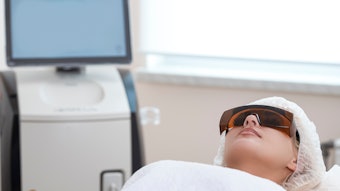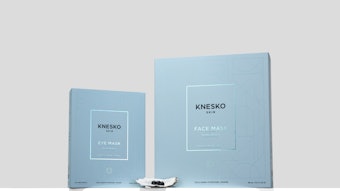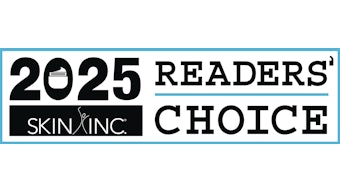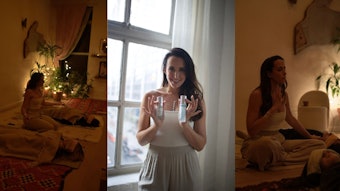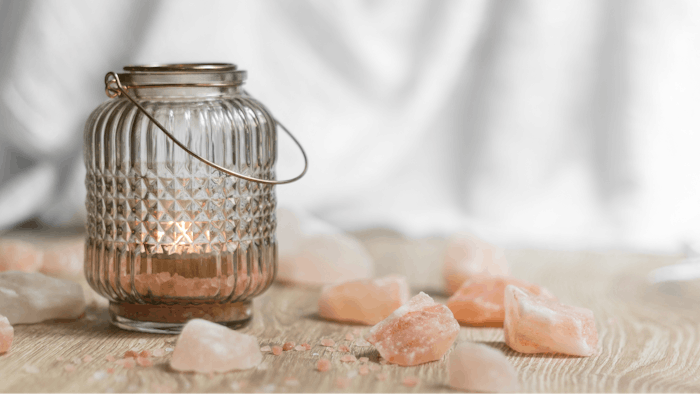
The Salt Therapy Association (STA) has introduced the Salt Therapy Industry Standards (STIS). As the the world's largest nonprofit organization for providers and consumers of salt therapy, STA provides resources to create awareness and authentic implementation of salt therapy. 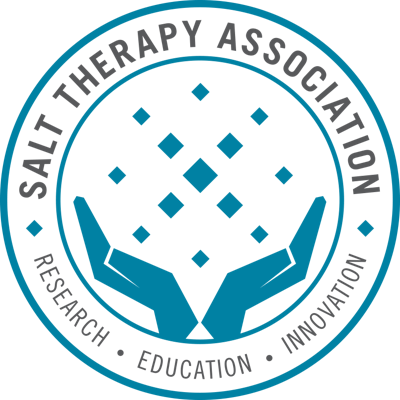
The standards provide an informational baseline for implementation and marketing to ensure consumers receive evidence-based halotherapy.
"Misconceptions, along with false claims, have undermined the integrity of the industry. STIS is a collaborative initiative that benefits the entire salt/halotherapy industry,” said Leo Tonkin, CEO of Salt Chamber Inc and one of STA’s founding directors. “Our goal is to educate the industry on the importance adhering to consistent standards that maintain the industry integrity.”
Related: The Anti-Inflammatory and Antibacterial Benefits of Salt Therapy
Salt Therapy Industry Standards (STIS)
- No halotherapy without a halogenerator: Dry salt therapy (halotherapy) can only be provided by utilizing a professional-quality halogenerator.
- Particle size: Salt particle size omitted from the halogenerator must be 5 microns or less (the smaller the better.)
- Enclosed space: Dry salt therapy (halotherapy) can only be provided in an enclosed space to contain the salt particles in the area such as a room, booth, cabin or other type of chamber.
- Proper ventilation is required in the space to ensure proper air exchange.
- Session length: The length of the session is determined by the cubic volume of air space in the enclosed chamber. Sessions can last from 10 minutes to 45 minutes or longer.
- Pure-grade sodium chloride: The only salt to be used in a halogenerator is 99.99% pure-grade dry pharmaceutical/medical sodium chloride (salt), preferably certified for purity and quality such as the United States Pharmacopeia (USP) organization.
- Salt décor is not salt therapy: Himalayan salt used on walls, floors or as an architectural or décor element does not provide any direct respiratory health benefits, nor emit negative ions or other claims, even when heated.
- Health claims and cures: Never claim salt therapy is a “cure” for any condition, nor use the word “heal” concerning salt therapy. Promote, market and advertise appropriately and with proper disclaimers on the efficacy of salt therapy.




